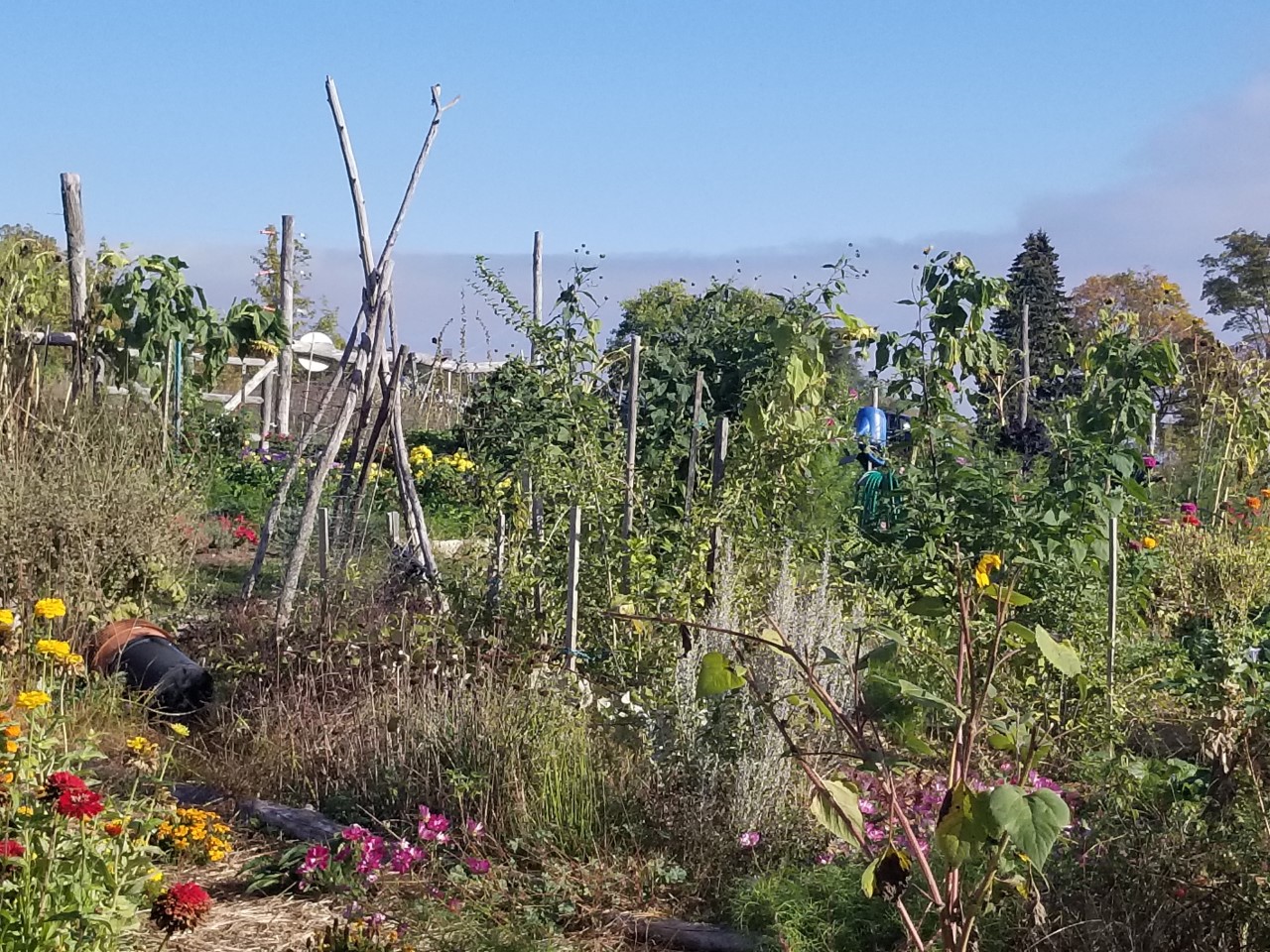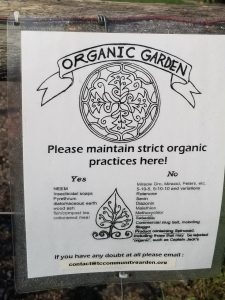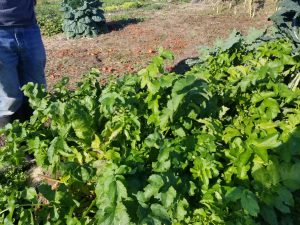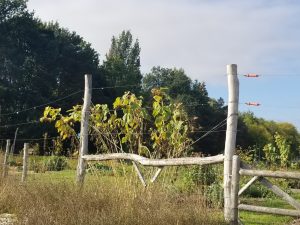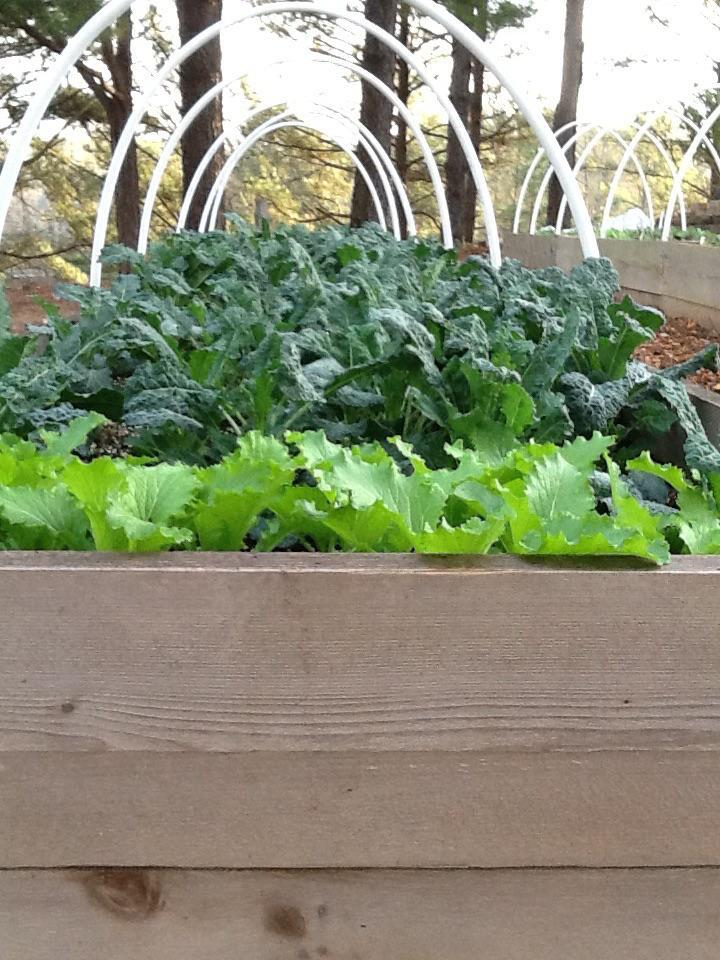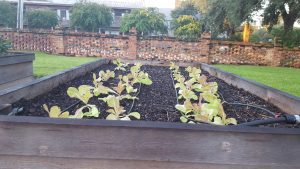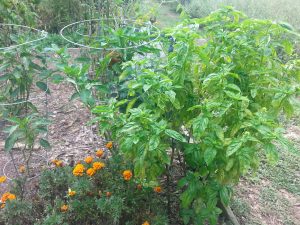After visiting community gardens across the state, and nation, and meeting many wonderful gardeners I am always struck by how many people garden as part of a tradition. Many community gardeners grew up with a garden and no longer have access to a growing area at home. Or, they may have spent summers with relatives who gardened. I have heard many stories of grandparents’ gardens including tales of long harvest days followed by a hot afternoon of canning! I have listened as gardeners compare the garden harvests of their youth – huge tomatoes, prize winning watermelons and unbelievable corn yields – the gardeners equivalent of who caught the biggest fish.

For those of us who enjoy our gardening heritage the Smithsonian has put together a wonderful exhibit on the history of America’s gardens. If you can’t make it to Washington, you can view part of the exhibit on-line. Since the weather is forecast to be rainy and cold this weekend, I recommend spending some time strolling through some old gardens.
“Cultivators of the earth are the most valuable citizens…they are tied to their country and wedded to its liberty and interests by the most lasting bands.”
– Thomas Jefferson
Enjoy!

